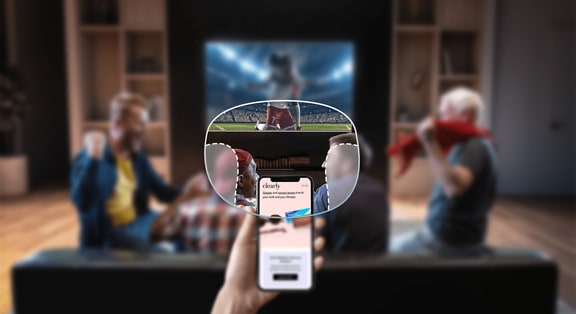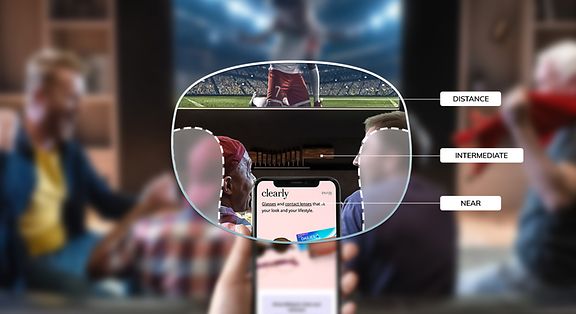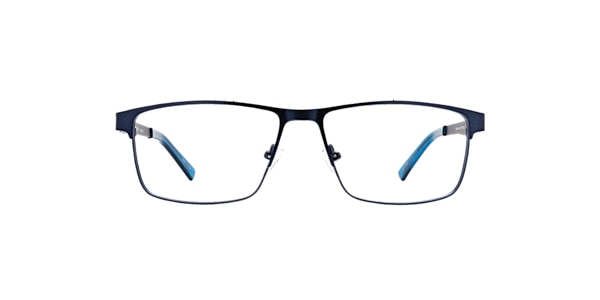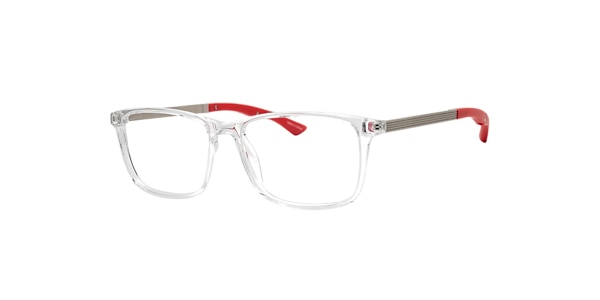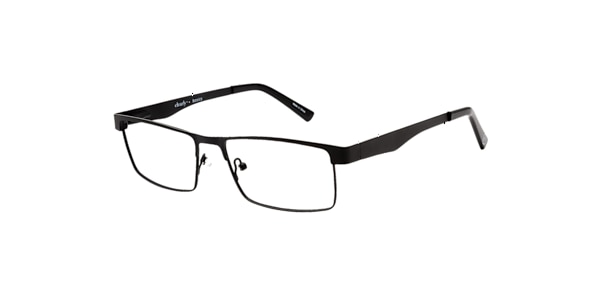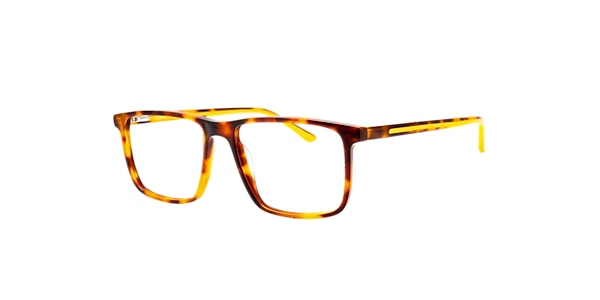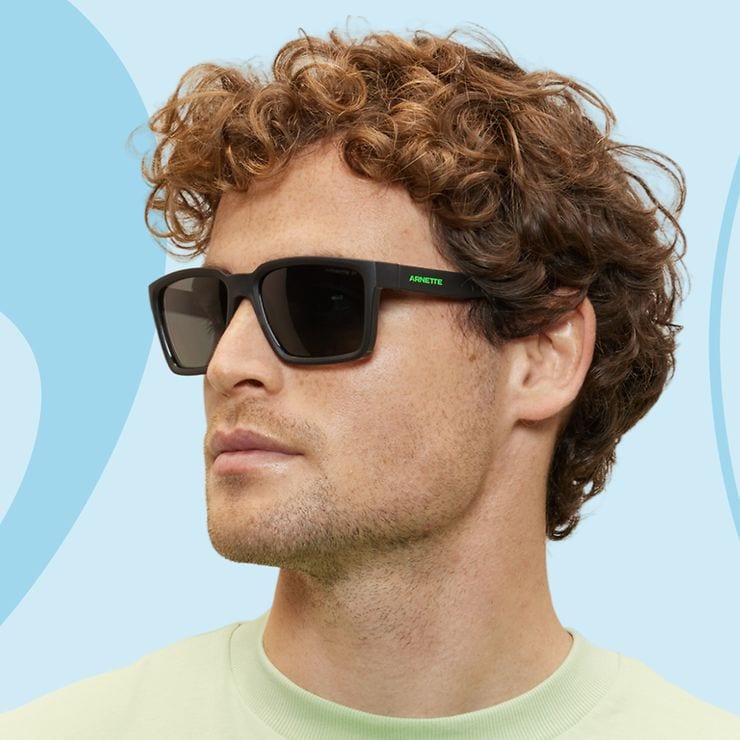Progressive Glasses
All ranges of vision in one lens — convenient. Progressive glasses offer a multifocal design that provides a gradual change in lens power. Ideal for correcting presbyopia, a common age-related condition that causes difficulty focusing on close-up objects, these glasses help reduce the need for multiple pairs of glasses or switching between glasses for different tasks, such as reading and driving. They allow the wearer to see clearly at all distances, including far, intermediate, and near - without the visible line between different prescriptions that bifocals have. Check out progressive eligible glasses frames at Clearly and add your multifocal glasses prescription to your lenses.

